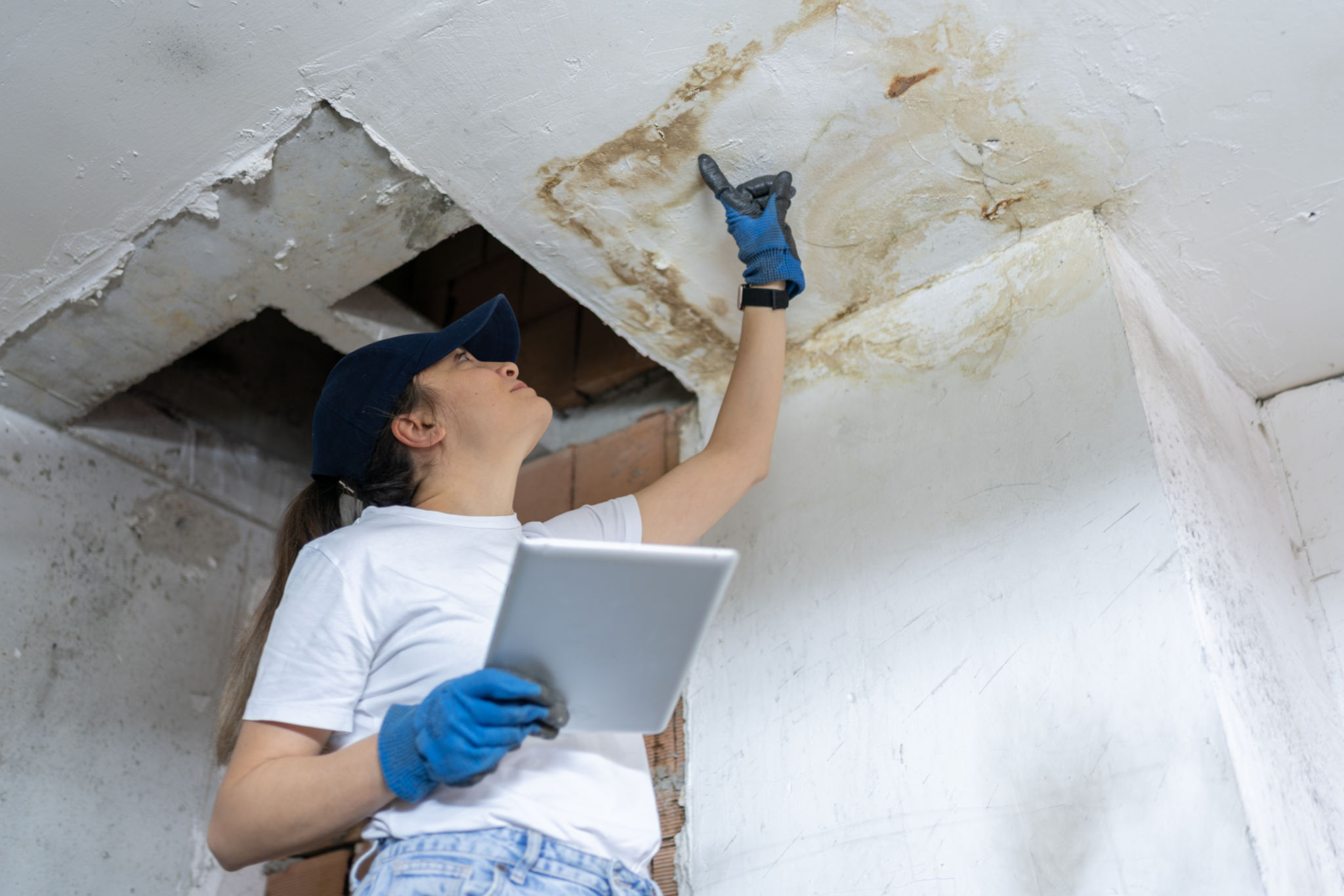DIY Mold Inspection Tips: What You Can Do Before Calling the Experts
Understanding the Basics of Mold
Mold is a common household issue that can lead to serious health problems if left unchecked. It thrives in damp, dark environments, making basements, bathrooms, and behind walls prime locations for growth. Before calling in the professionals, there are several steps you can take to inspect your home for mold.

Identifying Signs of Mold
One of the first indicators of mold is a musty odor. If you notice this smell, it's essential to locate the source. Look for visible signs of mold, which can appear as black, green, or white spots on walls, ceilings, or floors. Pay special attention to areas around plumbing leaks or water damage.
Another sign of mold is allergic reactions such as sneezing, coughing, and itchy eyes when you're at home. If these symptoms persist indoors but improve when you leave the house, it could be a sign that mold is present.
Conducting a Visual Inspection
Begin your DIY mold inspection by conducting a thorough visual check of your home. Use a flashlight to examine areas under sinks, behind appliances, and inside closets. Check for water stains on ceilings and walls as these can indicate past or present moisture issues.

Don't forget to inspect attics and basements, as these spaces often harbor hidden mold growth due to poor ventilation and high humidity levels. If you spot any suspicious patches, take note of their size and location for further investigation.
Testing for Moisture
Moisture is a key factor in mold growth, so it's crucial to test for dampness in potential problem areas. A moisture meter can help you determine the moisture level in walls and floors. You can also use your hands to feel for dampness or condensation on surfaces.
Be sure to check areas around windows, doors, and pipes. If you find high moisture levels, it's important to address these issues promptly to prevent mold from developing or worsening.

Using DIY Mold Test Kits
If you're unsure about the presence of mold, consider using a DIY mold test kit. These kits are available at most hardware stores and can help you detect mold spores in your home. Follow the instructions carefully to ensure accurate results.
While these kits can provide some insight into mold presence, they are not always conclusive. It's important to interpret the results with caution and consider professional assessment if necessary.
When to Call the Experts
If your DIY inspection reveals significant mold growth or if you're unable to identify the source of the problem, it's time to call in professional mold remediation experts. They have the tools and expertise to safely remove mold and address any underlying issues.
Remember, addressing mold early can prevent costly damage and protect your health. Don't hesitate to seek professional help if you're unsure about handling a mold problem on your own.